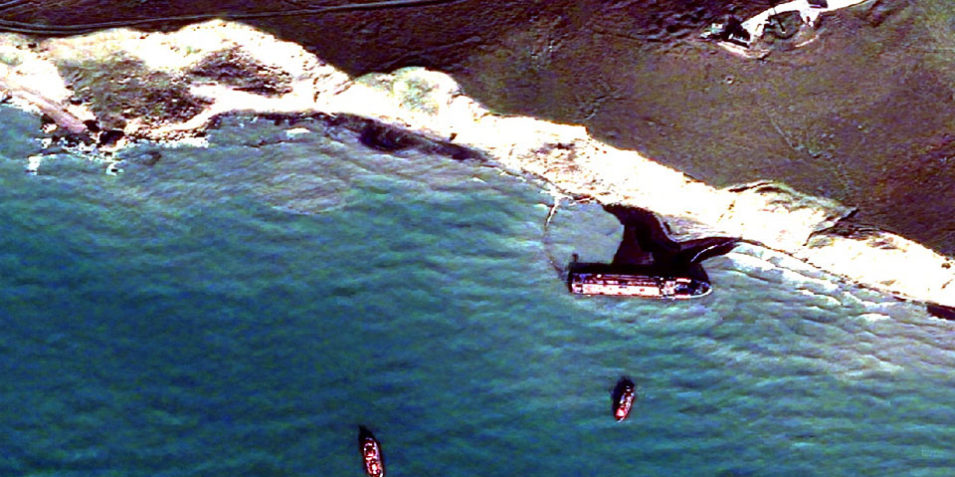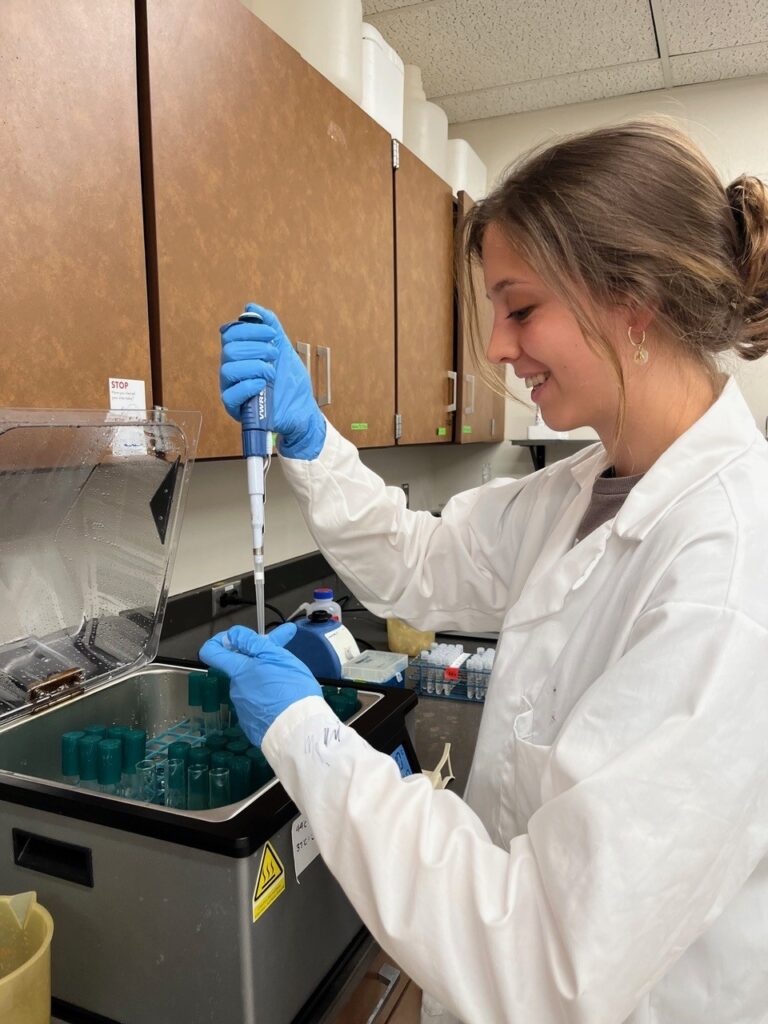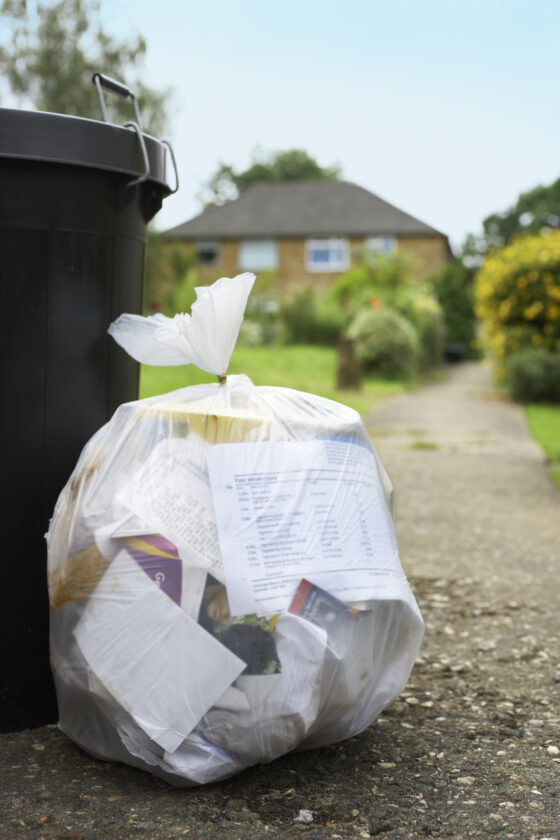How Israel’s Water Tech Leads by Example in a Thirsty World – Goodnet | Gateway to doing good

Report on Israeli Water Conservation Innovations and Alignment with Sustainable Development Goals
This report details the innovative water management and conservation strategies implemented by Israel. These methods demonstrate a multi-faceted approach to ensuring water security, directly contributing to the achievement of several United Nations Sustainable Development Goals (SDGs).
Pioneering Infrastructure and Agricultural Innovation
Israel’s commitment to water management began with foundational infrastructure projects and revolutionary agricultural techniques, addressing core challenges of water scarcity and food production.
Historical Context and Early Infrastructure
Initial efforts to secure a national water supply materialized in the form of the National Water Carrier. This large-scale project, managed by the national water company Mekorot, was designed to transport water from the Kinneret in the north to the central and southern regions. This initiative represents a significant investment in resilient infrastructure, a key target of SDG 9 (Industry, Innovation, and Infrastructure).
Drip Irrigation: A Revolution in Water-Use Efficiency
Faced with insufficient water for both domestic and agricultural needs, Israel pioneered the drip irrigation system in 1959. This technology fundamentally changed agricultural water use and directly supports multiple SDGs.
- Direct Delivery: The system delivers water slowly and directly to the roots of plants through a network of hoses and nozzles.
- Reduced Waste: It significantly minimizes water loss from evaporation compared to traditional irrigation methods.
- Widespread Adoption: Currently, over 75% of Israel’s crops are watered using this method, resulting in immense water savings.
This innovation is a cornerstone of sustainable agriculture, contributing significantly to SDG 2 (Zero Hunger) by ensuring food can be grown with limited water, and SDG 6 (Clean Water and Sanitation) by promoting water-use efficiency.
Advanced Water Sourcing and Recycling Strategies
To further augment its water supply, Israel has become a world leader in creating new sources of fresh water through reclamation and desalination, embodying the principles of sustainable resource management.
- Wastewater Reclamation: Beginning in 1985, Israel implemented a comprehensive program to treat and recycle wastewater for agricultural use. By 2015, the country was leading the world in this practice, with a stated goal of recycling 95% of its wastewater by 2025. This directly addresses SDG 12 (Responsible Consumption and Production) by creating a circular economy for water and advances SDG 6 by reducing pollution and increasing water availability.
- Desalination: Since launching its first large-scale reverse osmosis desalination program in 1999, Israel has made the process a primary source of potable water. Today, over 90% of the nation’s drinking water is produced through desalination. This technology is critical for achieving SDG 6 and ensuring a safe, reliable water supply for resilient urban centers, a key component of SDG 11 (Sustainable Cities and Communities).
Modernizing Water Security and Infrastructure Resilience
Israel continues to innovate with the establishment of a state-of-the-art national centralized water control center by Mekorot. This facility acts as the central command for the country’s entire water infrastructure.
Protecting a Vital National Resource
The center’s primary objective is to safeguard the national water supply from a range of modern threats, thereby enhancing national security and resilience. Its functions contribute to several SDGs by ensuring the uninterrupted and safe management of water.
- It provides protection against cyber threats targeting water systems.
- It enhances preparedness and response to natural disasters, a key aspect of SDG 13 (Climate Action).
- It monitors for and mitigates technical failures across the network.
This investment in advanced, resilient infrastructure is a clear example of progress toward SDG 9 and is essential for maintaining the sustainable communities envisioned in SDG 11.
SDGs Addressed in the Article
-
SDG 6: Clean Water and Sanitation
The article’s primary focus is on Israel’s innovative methods for water conservation, wastewater treatment, and providing clean drinking water. It discusses ensuring the availability and sustainable management of water through technologies like drip irrigation, desalination, and wastewater reclamation. This directly aligns with the goal of ensuring clean water for all.
-
SDG 2: Zero Hunger
The article explicitly connects water management to food production. It states that the goal of these water conservation efforts is to ensure “enough water to grow food.” The use of drip irrigation and recycled wastewater for “more than three quarters of Israel’s crops” highlights the link between sustainable water management and sustainable agriculture, which is crucial for food security.
-
SDG 9: Industry, Innovation, and Infrastructure
The article is a showcase of innovation and infrastructure development. It details the creation of the “National Water Carrier,” the invention of “drip irrigation,” the implementation of large-scale “desalination” plants, and the opening of a “state-of-the-art national centralized water control center.” These are all examples of developing resilient infrastructure and fostering innovation to solve resource challenges.
-
SDG 12: Responsible Consumption and Production
The theme of resource efficiency runs through the article. The practice of wastewater reclamation, where Israel “started treating wastewater and recycling it for agricultural use,” is a prime example of sustainable production patterns. The goal to recycle 95% of wastewater demonstrates a commitment to reducing waste and making the most of available resources.
Specific SDG Targets Identified
-
Target 6.1: Achieve universal and equitable access to safe and affordable drinking water for all.
The article mentions that a key goal was to “ensure that the whole country has enough water to drink.” It also states that through desalination, “more than 90 percent of drinking water in Israel is desalinated,” directly addressing the provision of safe drinking water to the population.
-
Target 6.3: Improve water quality by… substantially increasing recycling and safe reuse globally.
This target is directly addressed by the section on water reclamation. The article notes, “In 1985, Israel started treating wastewater and recycling it for agricultural use.” It further specifies that “By 2015, Israel was leading the world in wastewater reclamation, setting a goal of recycling 95 percent of its wastewater by 2025.”
-
Target 6.4: Substantially increase water-use efficiency across all sectors… to address water scarcity.
The development and widespread use of drip irrigation directly supports this target. The article explains that this system “significantly reduces the amount of water that is lost through evaporation” and is used to “water more than three quarters of Israel’s crops, saving immense amounts of water,” which is a clear measure of increasing water-use efficiency in the agricultural sector.
-
Target 2.4: Ensure sustainable food production systems and implement resilient agricultural practices.
The use of drip irrigation and recycled wastewater for agriculture are resilient practices designed for a water-scarce environment. By ensuring there is “enough water to grow food” through these sustainable methods, Israel is implementing systems that support long-term food production.
-
Target 9.1: Develop quality, reliable, sustainable and resilient infrastructure.
The article describes several pieces of resilient infrastructure, including the “national water carrier,” desalination plants, and specifically the new “state-of-the-art national centralized water control center.” This center is explicitly designed to “protect the national water supply from things like cyber threats, natural disasters, and technical failures,” which is the definition of resilient infrastructure.
Indicators Mentioned or Implied
-
Indicator for Target 6.3 (Proportion of wastewater safely treated):
The article provides a specific, measurable indicator by stating that Israel set “a goal of recycling 95 percent of its wastewater by 2025.” This percentage serves as a direct indicator of progress towards treating and reusing wastewater.
-
Indicator for Target 6.1 (Proportion of population using safely managed drinking water):
The statement that “more than 90 percent of drinking water in Israel is desalinated” implies a high level of access to safely managed drinking water, as desalination produces fresh water from sea water. This percentage acts as an indicator of the source and safety of the drinking water supply.
-
Indicator for Target 6.4 (Change in water-use efficiency):
The article implies an indicator for water-use efficiency in agriculture by stating that “drip irrigation is used to water more than three quarters of Israel’s crops.” This proportion of agricultural land using a highly efficient watering method can be used to measure progress in water conservation within that sector.
SDGs, Targets, and Indicators Analysis
| SDGs | Targets | Indicators Identified in the Article |
|---|---|---|
| SDG 6: Clean Water and Sanitation | 6.1: Achieve universal and equitable access to safe and affordable drinking water for all. | “more than 90 percent of drinking water in Israel is desalinated.” |
| SDG 6: Clean Water and Sanitation | 6.3: Improve water quality by… substantially increasing recycling and safe reuse globally. | “setting a goal of recycling 95 percent of its wastewater by 2025.” |
| SDG 6: Clean Water and Sanitation | 6.4: Substantially increase water-use efficiency across all sectors. | “drip irrigation is used to water more than three quarters of Israel’s crops.” |
| SDG 2: Zero Hunger | 2.4: Ensure sustainable food production systems and implement resilient agricultural practices. | Use of recycled wastewater and drip irrigation to provide “enough water to grow food.” |
| SDG 9: Industry, Innovation, and Infrastructure | 9.1: Develop quality, reliable, sustainable and resilient infrastructure. | Creation of a “national centralized water control center” to protect the water supply from cyber threats and natural disasters. |
| SDG 12: Responsible Consumption and Production | Ensure sustainable consumption and production patterns. | Recycling wastewater for agricultural use, turning a waste product into a resource. |
Source: goodnet.org

What is Your Reaction?
 Like
0
Like
0
 Dislike
0
Dislike
0
 Love
0
Love
0
 Funny
0
Funny
0
 Angry
0
Angry
0
 Sad
0
Sad
0
 Wow
0
Wow
0












































































